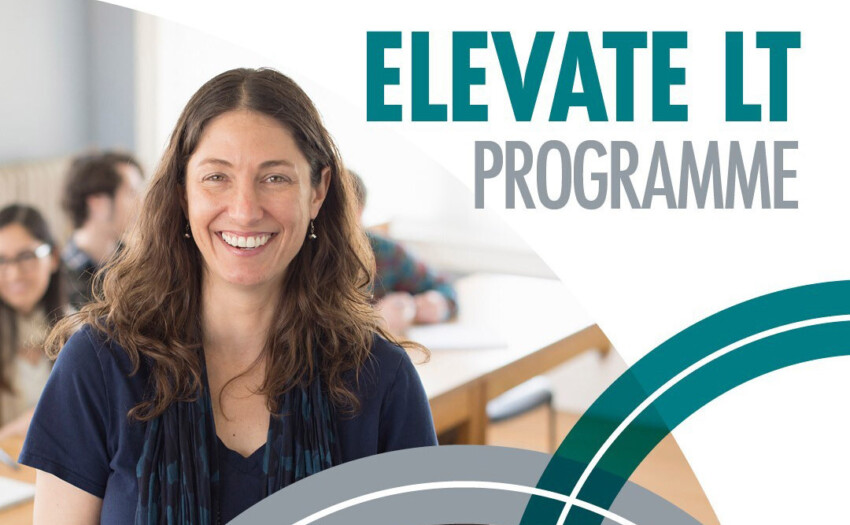Reducing workload, increasing access and making complex content 'stick'
How, exactly do you ensure that the complex and interrelated concepts within a forthcoming unit of work are understood without simply ‘delivering’ to students? And teach it in a way that is fun and engaging? Danielle Byrne Course Team Leader in Childcare at West Lancashire College reports.

Can you set the scene for us Danielle?
I work at West Lancashire College which is part of the Newcastle College Group. I am the course team leader in Childcare. Part of my work is to deliver the National Foundation Diploma in Children’s Play, Learning and Development.
Why did you use the HOW2s? What was the situation you were looking to address? What was the problem you were looking to solve?
I was due to deliver Unit 1 — Child Development. I wanted to ensure that the complex and interrelated concepts within the unit were processed and understood effectively without simply ‘delivering’ to my students. And avoid creating negative connotations to an already incredibly difficult and typically disliked area of the curriculum.
Which HOW2(s) did you use and how did you use them?


I used iQuestion and Answer. Briefly, students were given information to process and translate before rotating around the room to ‘team teach’ each other using only the translated notes created on the topic. The roles were then reversed and the ‘teachers’ became ‘students’. After this, the students then created questions about their original topic to test understanding from the collaborative learning experience.
How did you adapt the HOW2s to your context?
Before generating questions related to the text to test other learners’ knowledge, I asked students to process, translate and teach each other about the concepts in logical steps. As the particular content is exceptionally challenging for learners, I ensured each table had understood the concept thoroughly by spending five minutes with each group before they committed to picture notes. This was extremely important as the students are essentially responsible for each other’s learning. Only when the difficult concepts were understood could the question and answer challenge outlined in the HOW2 take place.
As I applied the HOW2 into the teaching process I only allowed trainees to make notes in the form of pictures (absolutely no words allowed). This ensured that they had to have processed and understood the given information in order to translate it into their own words.
In what ways did this make a difference to you as a teacher and to your students?
Employability skills were promoted as learners were responsible for each other’s understanding which is a fundamental element of a practitioner’s role in the setting.
The students had the benefit of working in teams whilst processing information, translating information, explaining information, giving examples to support the information and hearing the same information on several occasions so it embedded knowledge and understanding in a fun and positive way through repetition/rehearsal.
Higher-order and creative thinking skills were also demonstrated as learners worked hard to explain a given concept in different ways and give examples in order to ensure their peers understood.
The benefits for me as a teacher were that I was free to work the room in order to stretch and challenge learners whilst formatively assessing knowledge and understanding as the responsibility was put on the learners rather than me.
And what impact did working in this way have?
How2s gave me more time to make formative assessments and stretch and challenge my students and at the same time made the lesson fun and engaging.
It was a fun, engaging, lively lesson where students demonstrated intrinsic motivation. The difference the HOW2s made for me was that I was able to incorporate detailed formative assessments into lesson time which usually takes up a large proportion of my own time.
The HOW2 web app is a great tool which allows you to find practical and active ideas to incorporate into your sessions, making them innovative and interesting for both the students and yourself.
NOTE from the author
Subscribers might also take a look at the following HOW2s
https://app.teachinghow2s.com/itransform
https://app.teachinghow2s.com/elaborative-interrogation






